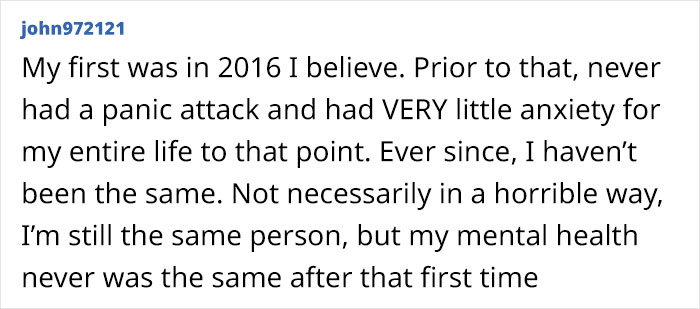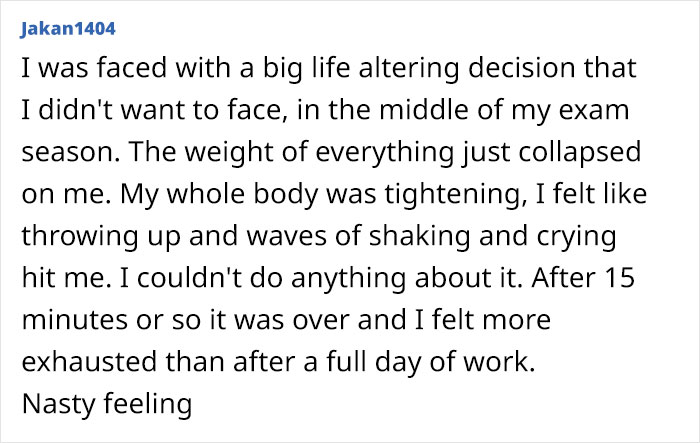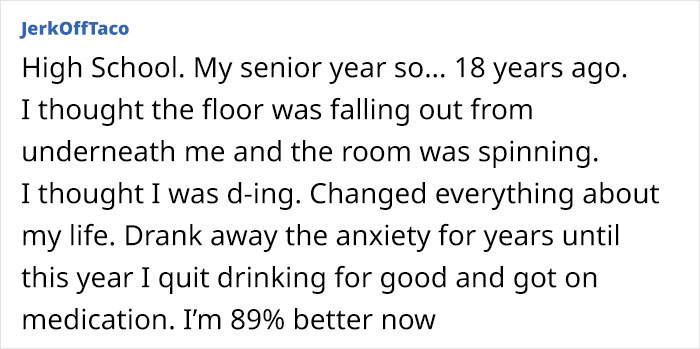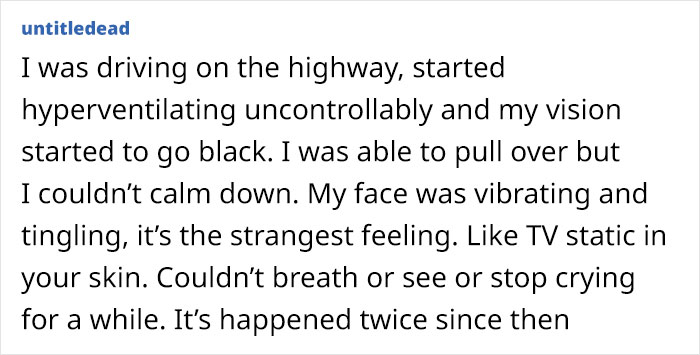Television presenter Nate Byrne stopped working while live on air after announcing that he was experiencing a panic attack. The ABC News Breakfast weather presenter halted his report on Tuesday morning (August 13), cutting his broadcast just before 6:30 am. At the time, the Australian meteorologist told viewers, “I’m going to need to stop for a second.”
As he was detailing the weather down under, Nate abruptly announced: “Some of you may know that I occasionally get affected by some panic attacks, and actually, that’s happening right now.”
After interrupting his reading of Queensland’s weather report, Nate very calmly asked to hand the broadcast back to ABC News Breakfast co-presenters Lisa Millar and Michael Rowland.
Lisa quickly took over the broadcast while Nate recovered off camera, The Daily Mail reported on Tuesday.
Nate was subsequently welcomed back to the show at a later stage, where he apologized for stepping out, stating: “Sorry if I gave anybody a bit of a scare.”
Television presenter Nate Byrne stopped working while live on air after announcing that he was experiencing a panic attack
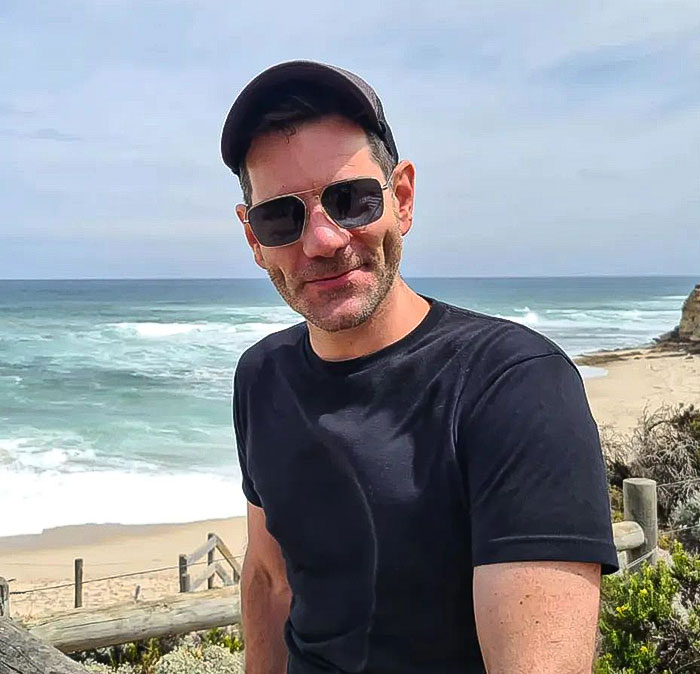
Michael responded in jest that he was only scared that he might have had to step in and report the weather, as per The Daily Mail.
The weather presenter went on to thank his team for helping him out during the attack before the broadcast resumed, News.com.au reported on Tuesday.
Taking to his Instagram page shortly after the incident, Michael shared a clip of Nate’s vulnerable moment, writing: “You might have seen Nate experience a panic attack earlier this morning while presenting the News Breakfast weather.
“Nate’s open about his panic attacks — he’s even written about them before — and he’s doing okay!
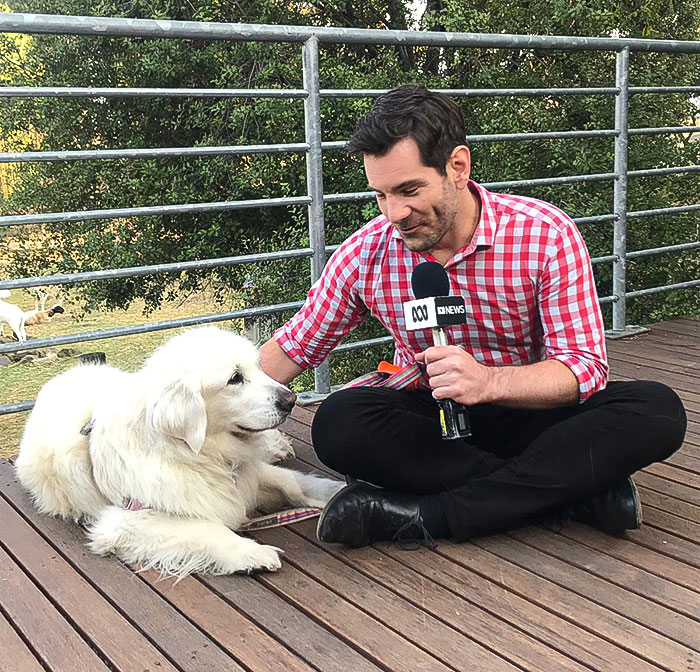
“Thank you for all the supportive messages. (There have been so many. What a wonderful audience we have!)
“As a team, we’ll always have your back, Nate. Always. (Although I hope I didn’t make matters worse with my bear hug off-camera…)”
People quickly flocked to share their support, as an Instagram user commented: “Sending love to Nate!
“Well done to Nate and the team for navigating that so well. We are all human and many of us have been in similar situations.
The ABC News Breakfast weather presenter suffered a similar incident in 2022
Our wonderful weather presenter @SciNate had his first ever panic attack while on-air on News Breakfast. He decided to share his experience this morning as part of the ABC’s Anxiety Project. You can also read more about it here: https://t.co/18H8UdGKr9 pic.twitter.com/0cN5DYcVxk
— News Breakfast (@BreakfastNews) February 24, 2022
“What a beautiful role model you are Nate, honest and authentic.”
Australian musician Paul Dempsey wrote: “This is awesome. Panic attacks are not. Well done Nate and the whole team. x”
Mental health speaker Sophie Scott noted: “You are so amazing @sci.nate Live TV is challenging.
“Showing your humanity and vulnerability will help others who live with anxiety and panic attacks.”
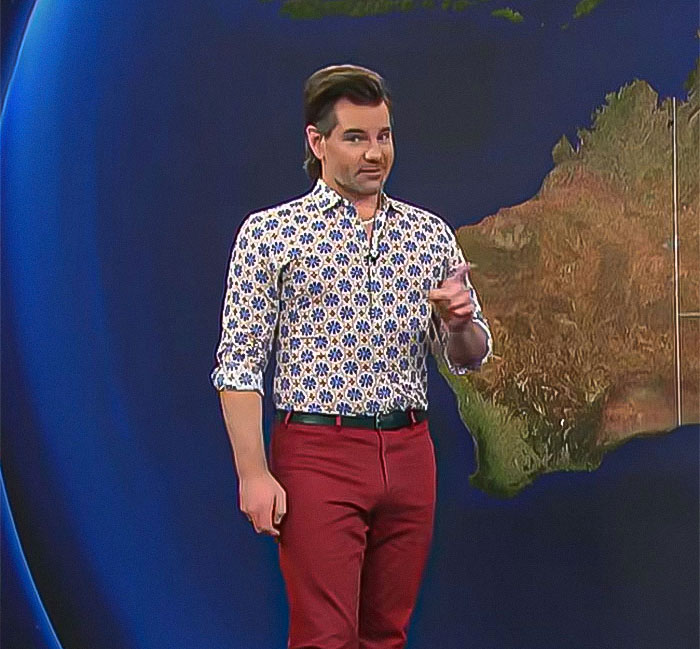
“Good on you mate, you’re a bloody legend for being so open at this stuff – if only the rest of us were as brave!” a netizen added.
Someone else observed: “Amazing honesty, you are a superstar Nate, and a much-loved weather reporter and scientist in our family!”
Even Nate himself chimed in: “Thanks @mjrowland68 and to everyone else – I have the best (and biggest!) support team. Makes it all so much better,” adding: “Also, ALWAYS more hugs rather than fewer, please!”
The science communicator has previously candidly opened up about his mental health, describing in detail his “first-ever panic attack live on TV” in a piece he wrote for ABC in 2022.
Nate cut his broadcast just before 6:30 am
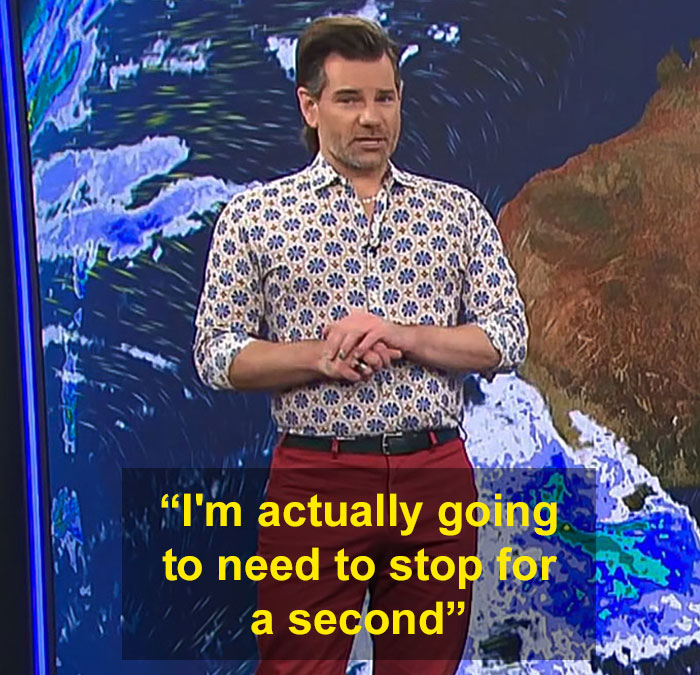
“It was absolutely terrifying and completely reshaped my understanding of mental health,” Nate wrote.
“As I stood there under the studio lights, talking to people having their morning coffee and wiping sleep from their eyes, my heart was racing, I was gasping for breath and sweat was pouring out of every pore as my brain screamed ‘RUN!’”
Anxiety disorders are a group of related conditions, each having unique symptoms, the National Alliance on Mental Illness (NAMI) explains. However, all anxiety disorders have one thing in common: persistent, excessive fear or worry in situations that are not threatening.
People typically experience one or more of the following emotional symptoms: feelings of apprehension or dread, feeling tense or jumpy, restlessness or irritability, anticipating the worst, and being watchful for signs of danger.
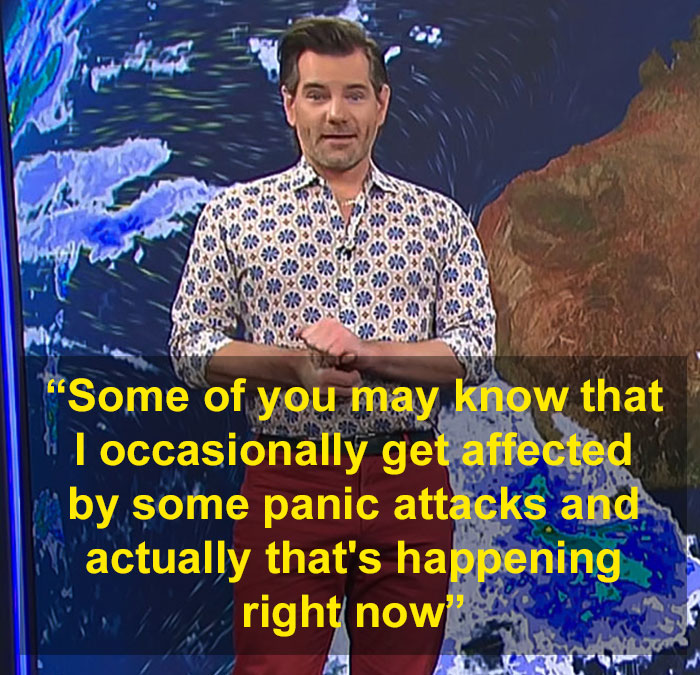
In addition to physical symptoms: pounding or racing heart and shortness of breath, sweating, tremors, twitches, headaches, fatigue, insomnia, upset stomach, frequent urination, or diarrhea.
“But I was standing in one of my favorite places, doing the thing I love most,” Nate recalled. “Anxiety had never been an issue in my life before, even though high-stress situations weren’t a stranger.”
Scientists believe that many factors combine to cause anxiety disorders, according to NAMI. Those factors are genetics, with studies supporting the evidence that anxiety disorders “run in families,” as some families have a higher-than-average amount of anxiety disorders among relatives.
The environment is also considered as a cause, with a stressful or traumatic event such as abuse, the death of a loved one, violence, or prolonged illness often linked to the development of an anxiety disorder.
At the time, the Australian meteorologist told viewers, “I’m going to need to stop for a second”
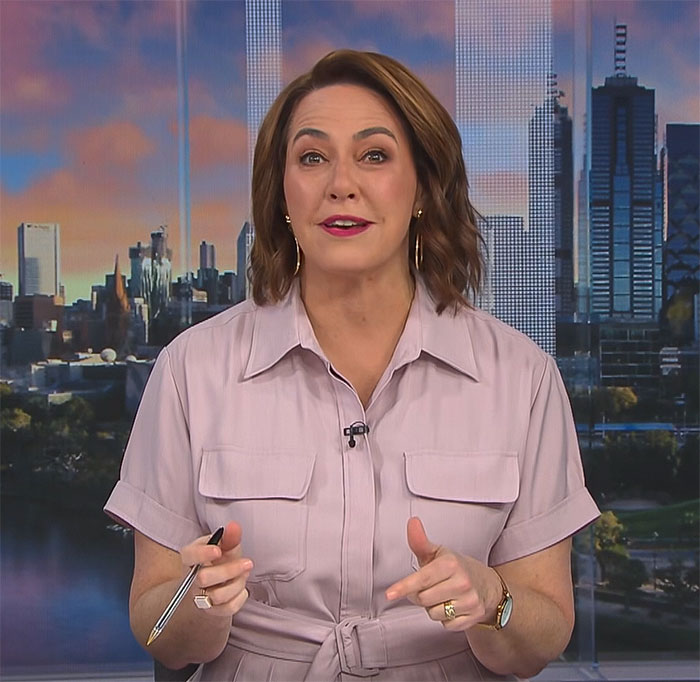
“But this time I wasn’t a Naval Officer moments away from running a warship aground or standing in front of a stadium filled with 12,000 people hosting my first internationally-televised live event,” Nate continued.
“Instead, I had just jogged the 40 meters from my desk to my position at ABC News Breakfast‘s weather wall — I had left it a little too late and the show’s control room was worried I wouldn’t make it in time.”
He further detailed: “As I stood there trying to make it sound like I wasn’t slightly puffed (probably not a great look for breakfast TV, I thought), all of a sudden, my body started tingling, my heart rate rose and I realized I was drenched in sweat.
“As soon as the camera was off me, I dropped my on-air demeanor and doubled over, trying to catch my breath, light-headed and confused about what was happening.
I had my first ever panic attack on-air on @BreakfastNews. You probably missed it, but I decided to share the moment and my experience because it turned my understanding of anxiety on its head – sometimes it’s got nothing to do with your state of mind.https://t.co/ubontqwRkt
— Nate Byrne (@SciNate) February 23, 2022
“I waved off help from our floor manager and headed back to my desk. But 15 minutes later I had my second panic attack, and it nearly broke me.
“Standing on my usual spot, completely calm and composed, I saw the words ‘WEATHER THROW: NATE JOINS US WITH THE WEATHER …’ and the bottom dropped out of my world.
“This time, it was much worse — I started shaking, my vision narrowed, my heart was pounding like I’d run a marathon, I couldn’t breathe.
“I needed to be anywhere else, and I had no idea why.”
Nate Byrne abruptly announced: “Some of you may know that I occasionally get affected by some panic attacks”
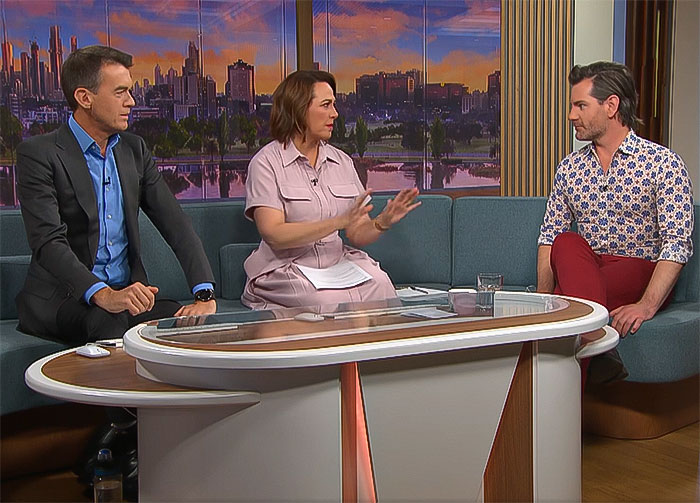
The Aussie TV personality added: “I’d later find out that what I was experiencing was diagnosable and manageable, but in that moment I thought that my career was over — something was taking control of me without my permission or understanding, and it was preventing me from doing what made me, me.”
Physical symptoms of an anxiety disorder can be easily confused with other medical conditions, like heart disease or hyperthyroidism, NAMI states.
Therefore, a doctor will likely perform an evaluation involving a physical examination, an interview, and lab tests.
After ruling out an underlying physical illness, a doctor may refer a person to a mental health professional for evaluation.
Using the Diagnostic and Statistical Manual of Mental Disorders, a mental health professional is able to identify the specific type of anxiety disorder causing symptoms, as well as any other possible disorders that may be involved.
Different anxiety disorders have their own distinct sets of symptoms, NAMI says. This means that each type of anxiety disorder also has its own treatment plan.
However, there are common types of treatment that are used. These are psychotherapy, including cognitive behavioral therapy, medications, including antianxiety medications and antidepressants, and complementary health approaches, including stress and relaxation techniques.
Nate asked to hand the broadcast back to ABC News Breakfast co-presenters Lisa Millar and Michael Rowland
“Seeing a psychologist helped to confirm that there weren’t any other contributing factors, and while his initial advice to remove myself from the situation wasn’t exactly what I needed, we worked together to come up with alternative coping mechanisms,” Nate admitted.
“The final narrative we’ve settled on is that the first time, I was controlling my breathing so much that my brain wasn’t getting the oxygen it needed, so it did the usual things — increasing my heart rate, begging me to breathe — and I ignored it.”
The meteorologist concluded: “I’ve had more panic attacks since then, and on News Breakfast we’ve seen several people dealing with their anxiety on live television — interestingly, all men — and the team is quick to jump to action to make sure the show goes on without too much fuss, and that the person is safe and cared for.”
Anxiety disorders are the most common mental health concern in the United States, according to NAMI.
Over 40 million adults in the US (19.1%) have an anxiety disorder. Meanwhile, approximately 7% of children aged 3 to 17 experience issues with anxiety each year. Most people develop symptoms before age 21.
There are many types of anxiety disorders, each with different symptoms. The most common types of anxiety disorders include:
Generalized anxiety disorder (GAD), which produces chronic, exaggerated worrying about everyday life.
This worrying can consume hours each day, making it hard to concentrate or finish daily tasks. A person with GAD may become exhausted by worry and experience headaches, tension, or nausea.
Anxiety disorders are a group of related conditions, each having unique symptoms
Social anxiety disorder causes intense fear about social interaction. It is often driven by irrational worries about humiliation (e.g., saying something stupid or not knowing what to say).
Someone with social anxiety disorder may not take part in conversations, contribute to class discussions, or offer their ideas, and they may become isolated.
Panic attacks are a common reaction to anticipated or forced social interaction.
Panic disorder is characterized by panic attacks and sudden feelings of terror, sometimes striking repeatedly and without warning.
Often mistaken for a heart attack, a panic attack causes powerful physical symptoms, including chest pain, heart palpitations, dizziness, shortness of breath, and stomach upset.
Many people will go to desperate measures to avoid an attack, including social isolation.
Phobias see people triggered by certain places, events, or objects. Most people with specific phobias have several other elements that can trigger those reactions.
Depending on the type and number of triggers, attempts to control the fear can take over a person’s life.
Other anxiety disorders include agoraphobia, selective mutism, separation anxiety disorder, and substance/medication-induced anxiety disorder, involving intoxication or withdrawal or medication treatment.
People have shared their own experiences with panic attacks
